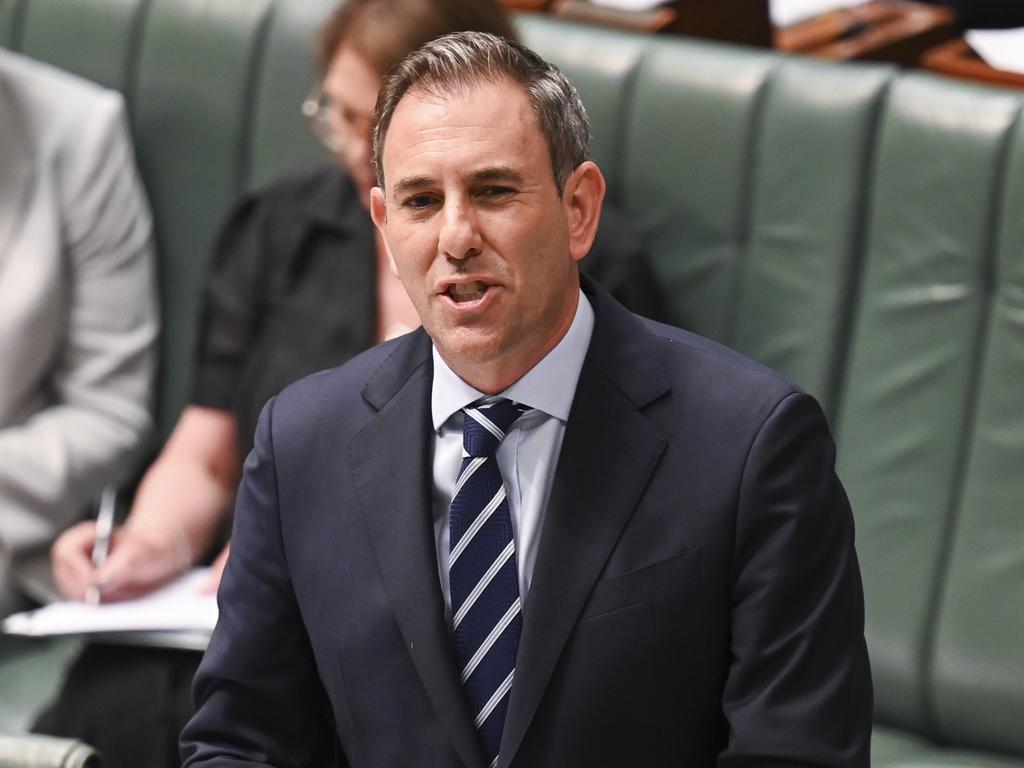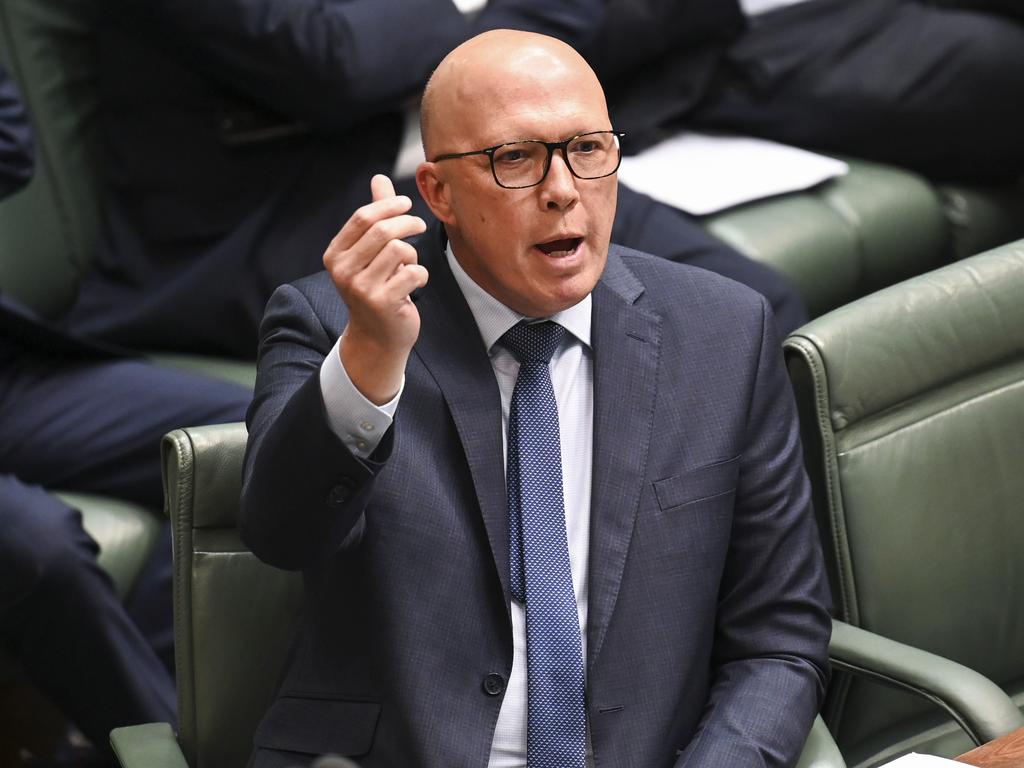‘Kick-start productivity or pay price’, warns RBA governor Michele Bullock
Reserve Bank governor Michele Bullock says a failure to reboot the nation’s woeful productivity performance risks higher interest rates.

Reserve Bank governor Michele Bullock says a failure to reboot the nation’s woeful productivity performance risks higher interest rates, as business leaders warn the Albanese government’s sweeping workplace reforms were a backward step in the battle to tame inflation.
At the end of the first parliamentary sitting week of the year – in which the Senate passed Labor’s third tranche of workplace laws – Ms Bullock said on Friday the strength of workers’ pay rises in the future would depend on the economy becoming more efficient and competitive.
Appearing at her first parliamentary committee hearing since taking on the central bank’s top job in September, Ms Bullock also said that, while there were “encouraging signs”, Australia’s inflation challenge was not over.
She cautioned against assumptions the next move in rates would be down. “An inflation rate with a ‘4’ in front of it is not good enough and still some way from the (2.5 per cent) midpoint of our target,” the RBA governor said.
While Australia has emerged from a historic plunge in productivity – the average output per hour worked dropped at its fastest pace on record and sent employers’ labour costs soaring – the economy is only as productive now as it was in 2019, according to the Productivity Commission.
The RBA governor labelled herself a “productivity optimist” but said, if productivity did not rise, “then what’s going to happen is that the rate of increase in wages is going to have to slow as well.”
“If there’s more productivity, then you can pay your workers more because they’re worth more, they’re producing more,” she said. “So if productivity isn’t rising, if it’s falling, then that doesn’t bode well for rises in wages.
“What does it imply for monetary policy? It just means that we have to make sure that we bring demand back down so that businesses, when they’re facing these costs increases, they’re thinking twice about whether or not (they) can pass these cost increases on.”
The central bank has assumed productivity growth will return to pre-Covid levels of a little more than 1 per cent.
But Business Council of Australia chief executive Bran Black said “alarm bells should be ringing in Canberra that the government’s anti-productivity policies risk making it harder for the RBA to get inflation back under control.”
“If we don’t fix this productivity disaster, exacerbated by anti-business policies, all Australians will be worse off,“ Mr Black said. “As the RBA said on Tuesday, productivity needs to increase significantly, and that has been put at risk by the IR policies passed this week.”

Anthony Albanese defended the workplace shake-up, which hands workers a right to ignore calls from employers outside office hours, as a step to adjusting industrial relations legislation “to the modern world”. “The idea that someone who’s being paid eight hours a day should effectively be available and on call and taking calls and doing work and doing emails 24 hours a day ... We need to adjust the law to deal with the modern world, and that is precisely what we are doing here,” the Prime Minister said.
Australian Chamber of Commerce and Industry chief executive Andrew McKellar said Ms Bullock had “belled the cat”. In the absence of a strategy to boost productivity growth, the “inevitable conclusion” was that there was a higher risk of persistent inflation and that interest rates would be kept higher for longer.
“That follows like night follows day,” Mr McKellar said.
Australian Industry Group chief executive Innes Willox said the government’s workplace changes would detract from the ability to generate productivity gains in workplaces in a number of ways. “The changes will slow the pace of productivity growth, reduce the scope to support sustainable wage increases and make it more likely that wage rises will simply add to inflation,” he said.
“They impose a clear move away from enterprise-level bargaining through which productivity gains can be negotiated and shared between employers and employees. Instead, the changes will inevitably see a reversion to industry-level bargaining and the much deeper involvement of the Fair Work Commission. Worse still, in many cases the changes will actively detract from productivity by imposing new rigid conditions on employment.”
Council of Small Business Organisations Australia chief executive Luke Achterstraat said the impact of Labor’s industrial relations changes on productivity could not be understated, particularly for the 2.5 million small businesses that were “the drivers of innovation in the economy”. “The more red tape, the more complexity we put on small enterprises, the less people are starting new businesses and less new ideas are coming into the economy,” he said.
Mr Achterstraat warned that if Australia failed to implement good micro-economic policy “we are going to have persistently high inflation and that may very well may lead to tighter monetary policy,” he said. “I fully agree with the governor’s comments. It will be the next generation who pays the bill of lower productivity.”
Fears that a more rigid jobs market could lower the sustainable rate of wages growth across the economy came as Ms Bullock said the RBA board would likely need to see a further six months of falling inflation in order to be comfortable with delivering a first interest rate cut.
Economists at Capital Economics and UBS postponed their rate cut calls from May to August, and from August to November, even as the governor flagged that mortgage relief could come before consumer price growth was within the 2-3 per cent target range.
Ms Bullock said another six months of falling inflation would give the RBA confidence to start cutting rates, saying she did not want to “place her faith” in a single quarterly figure. The RBA will have seen another two quarterly consumer price reports by the end of July, but Ms Bullock said the delayed impact of rate movements made it difficult to judge when was the right time to switch from hiking rates, to cutting.







To join the conversation, please log in. Don't have an account? Register
Join the conversation, you are commenting as Logout